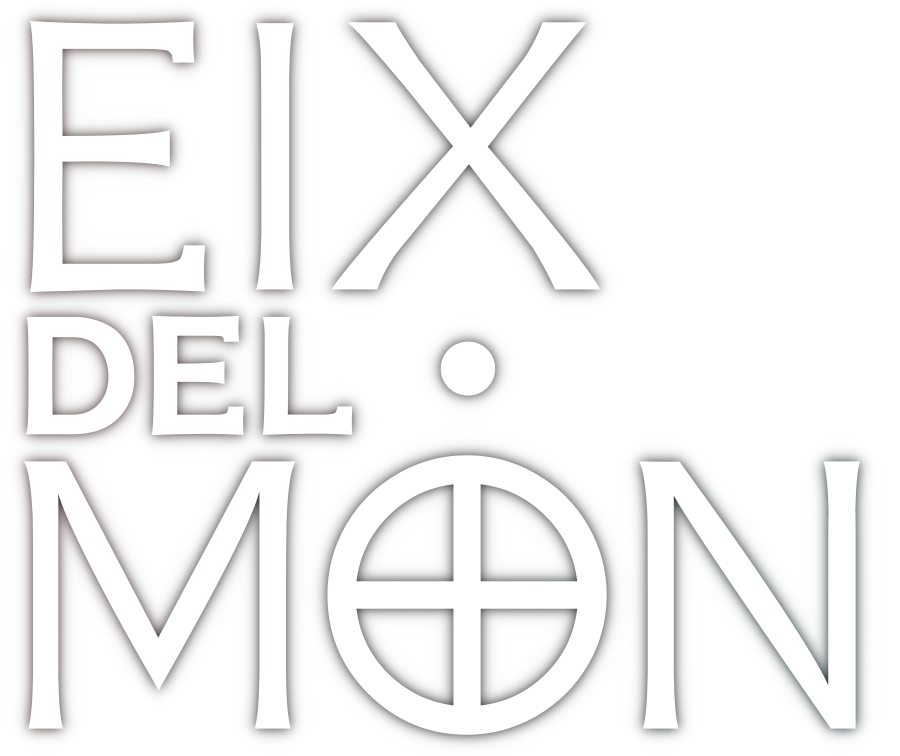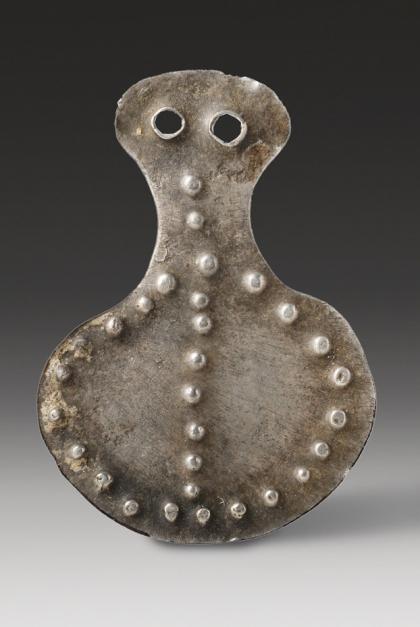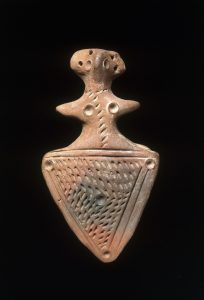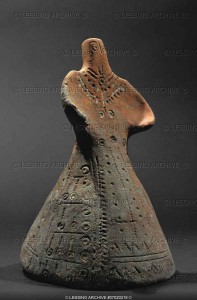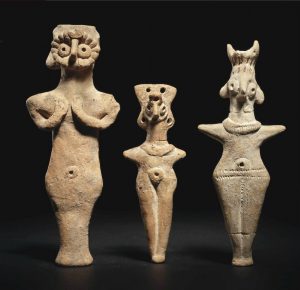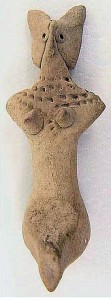Anatolian Idol in the Form of a Stylized Female Figure. 3500 BC – 2500 BC. Silver, height 3.3 cm. Acquired on the European Art Market, 1994. Serial Nº: 13384. © e-tiquities.com.
While the source does not tell the specific origin of this item, I’ll place it in “the most significant Neolithic site known in Anatolia, Çatalhöyük”.
The original description says:
The region of Anatolia is noted for its long history with the production of unusual types of sculpture, and Anatolian idols are among the most striking creations of its early inhabitants. Such idols are found in steatopygic, anthropomorphic, and schematic or geometric shapes. They were made from a number of materials such as stone, shell, bone, and metal – the rarest and hence most valuable. These idols are highly stylized or abstracted human forms, this particular idol being an example of the anthropomorphic type. The female figure is constructed from a sheet of hammered silver fashioned into a figure-eight shape. The figure’s head is pierced by two holes to indicate the eyes, and a narrow inward curving neck joins the head to a wide round body. The otherwise flat surface of the idol is marked with a vertical line of dots punched from the back of the object, and a circular arrangement of punched dots outlining the edge of body. It is a rare type – particularly in precious metal – and parallels to this idol can be found in the collection of the Museum of Anatolian Civilizations in Ankara (museum no. 36-108-68, a silver ring idol, and no. 6040, a gold double-figure idol). The museum also contains similar examples in terracotta (nos. 114-8-64, 114-9-64).
Virtually all of Anatolia’s settlements from the Neolithic period onward provide evidence that the nude female figure played an important role in the religious and social life of the settlements. At the most significant Neolithic site known in Anatolia, Çatalhöyük, figurines of a Mother Goddess type were discovered in cult areas throughout the settlement complex, demonstrating that sacred worship of this goddess was an essential feature of the community. The early dating figurines found in these shrines or cult areas were made of terracotta or stone. The religious beliefs of the Chalcolithic period (ca. 4300-3300 B.C.) are reflected in terracotta and stone female figurines that take on a much more stylized appearance than those of the Neolithic period. In the Early Bronze Age (ca. 3000-2000 B.C.), during which the knowledge of working with metals became more widespread, idols began to be made from silver and gold.
An emphasis on details associated with pregnancy, which likely accounts for the wide rounded body of this silver idol, suggests that the concept of a Mother Goddess responsible for fertility and creation was of primary importance to these early cultures. These communities are known to have possessed a matriarchal society that continued in Anatolia for centuries, as traces of it are evident in the Hittite and Phrygian periods. Although figures of the Early Bronze Age include representations of male figures, by far the greatest number of figures are female. The form of idols shown in a state of pregnancy, albeit in stylized form, is ultimately related to the much earlier fertility figurines produced during the Upper Paleolithic period.
Remember these:
